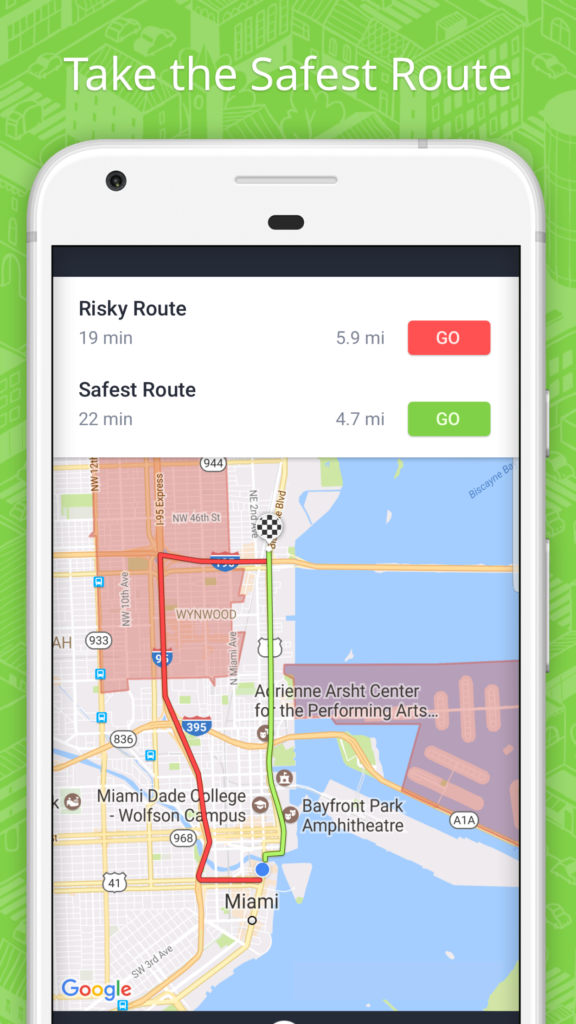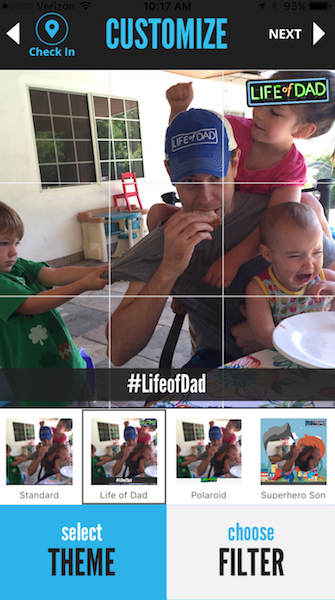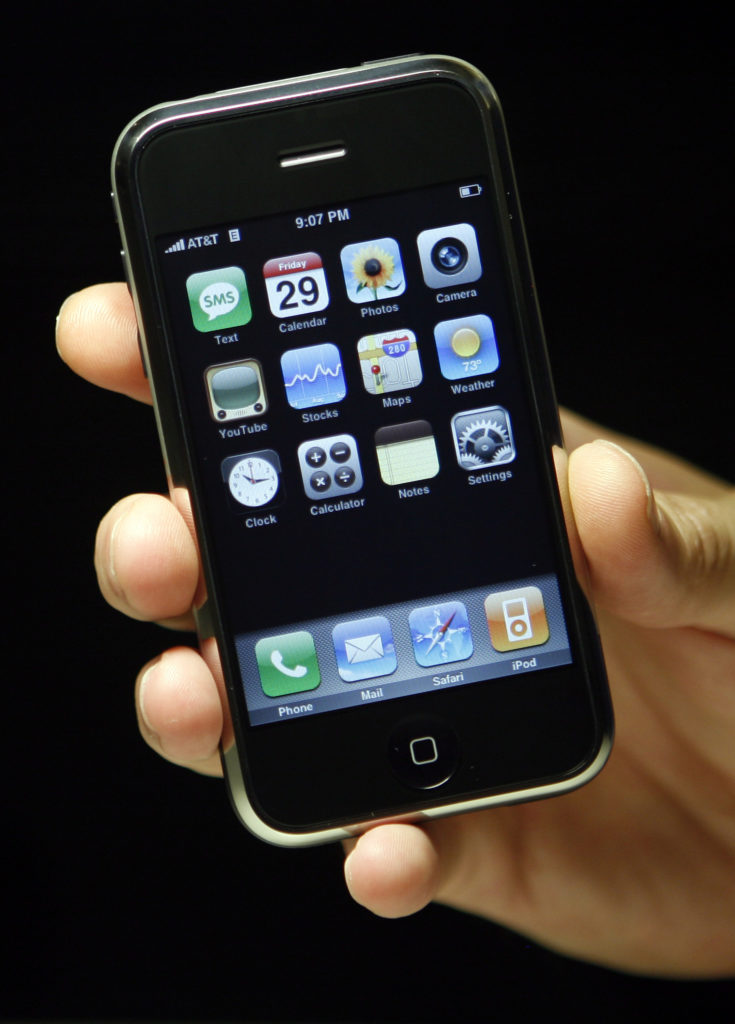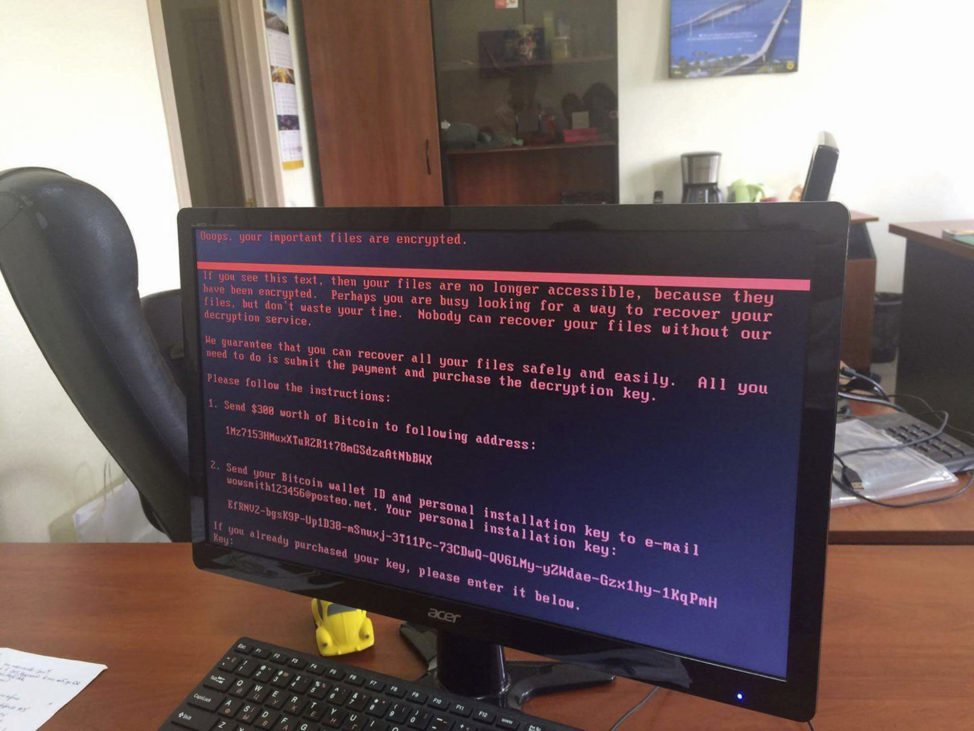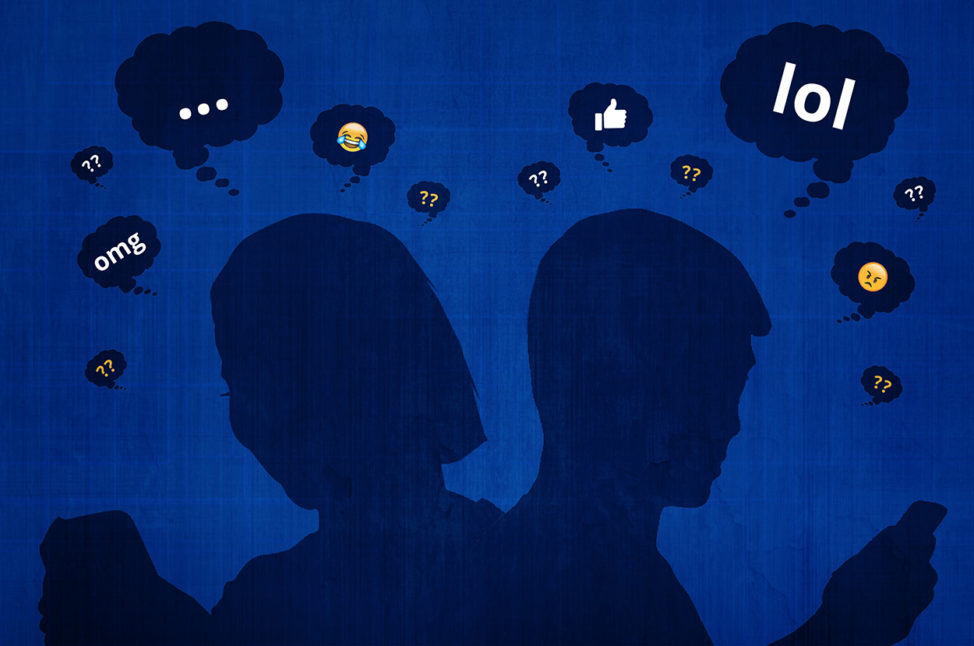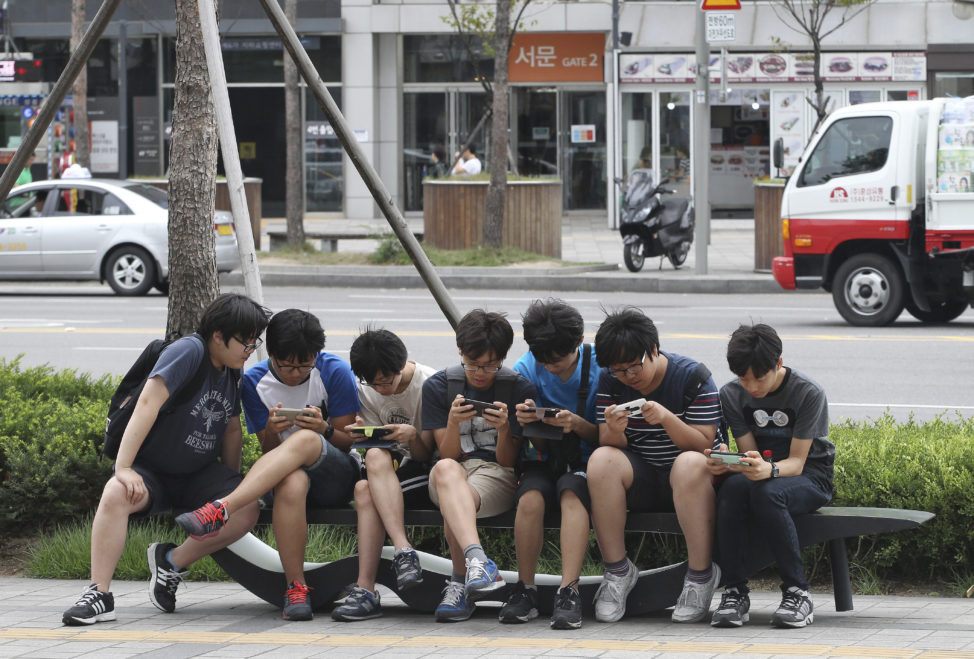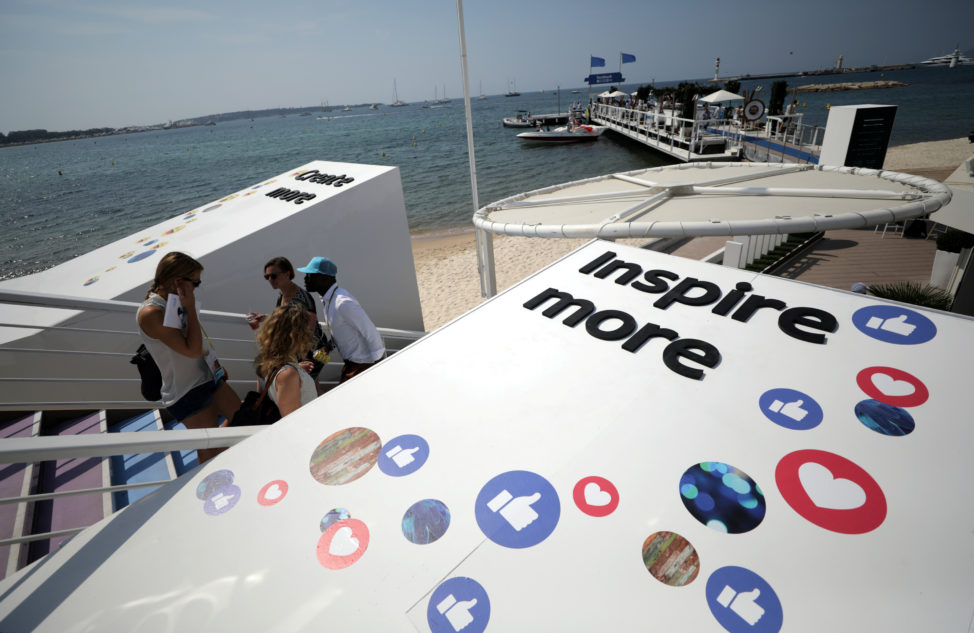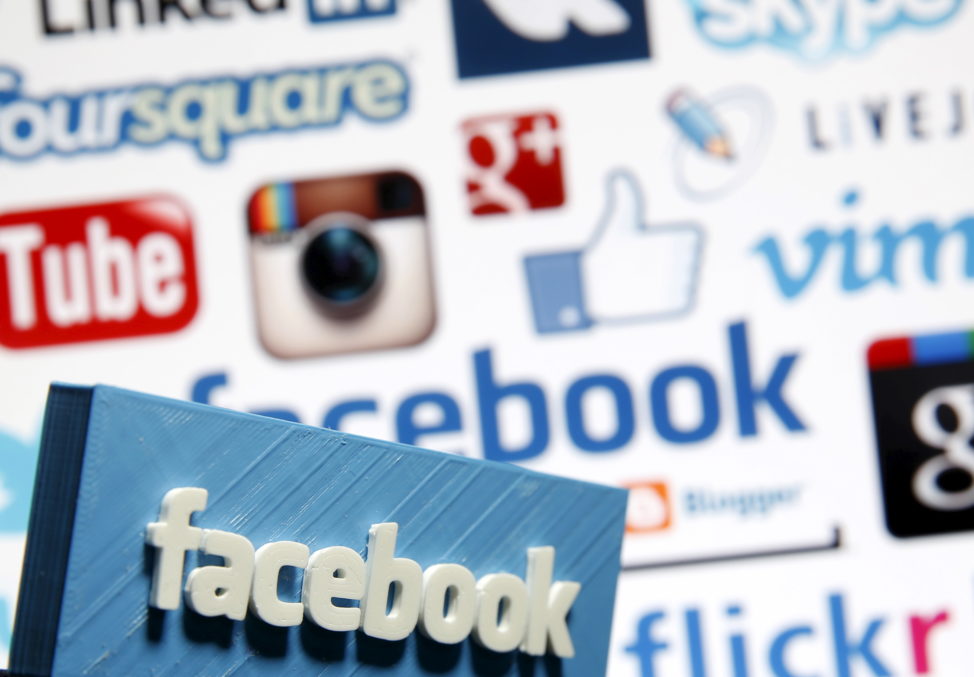Today’s Tech Sightings:
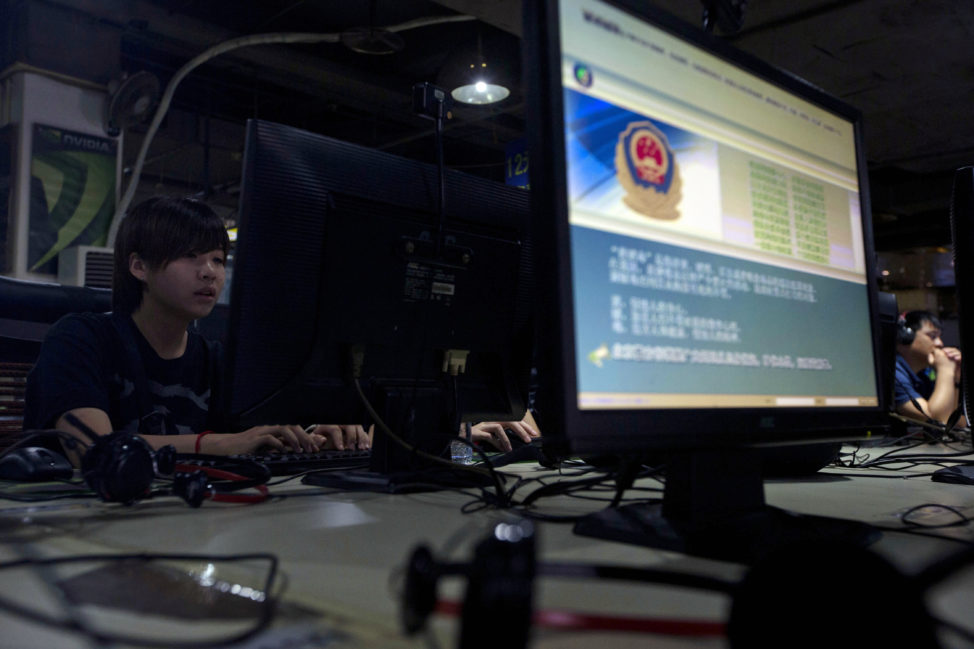
FILE – Computer users sit near a monitor display with a message from the Chinese police on the proper use of the Internet at an Internet cafe in Beijing, China. (AP)
China Will Block All VPNs by February 2018
The Chinese government has notified internet carriers that they have until February 1, 2018 to block all Virtual Private Networks (VPN) connections and shut down unauthorized VPN operators. Thanks to the country’s Great Firewall, a lot of internet services, including Western social media networks like Facebook and Twitter, are only accessible through these networks, and Beijing has been trying to block them for years.
Pew Study Says 41 Percent of US Adults Have Been Harassed Online
A new study from the Pew Research Center reports that 41 percent of U.S. adults have experienced online harassment. As many as 66 percent said they saw it happen to others. The most common type of online harassment is offensive name-calling. While women are more likely to experience online sexual harassment, men were more likely to be harassed online, according to the study.
‘First Amendment of the internet’: What Is Net Neutrality and Why Is It at Risk?
U.S. tech giants have called for a day on action on Wednesday, July 12 to express opposition to government plans to roll back net neutrality rules the Obama administration put in place. One week is left for people to voice their concerns before the changes take effect. Net neutrality rules prevent internet service providers from picking and choosing who should pay more or less and discourages the sale of personal user data without permission. Writer Olivia Solon explains net neutrality and the reasons why it is at issue.
More:
- Tech Companies Plan Virtual Protest to Protect Net Neutrality
- Microsoft Will Try to Bring Better Broadband to 2 Million Rural Americans in 5 Years
- Here’s the Brutal Reality of Online Hate
- Indian Carrier’s Data Leak Underscores Need for Privacy Laws in the Country
- US to Fund Advanced Brain-computer Interfaces
- The World’s First battery-free Phone Harvests Energy From Radio Waves
- Your Favorite Websites Might Look a Little Different Soon. Here’s Why.


